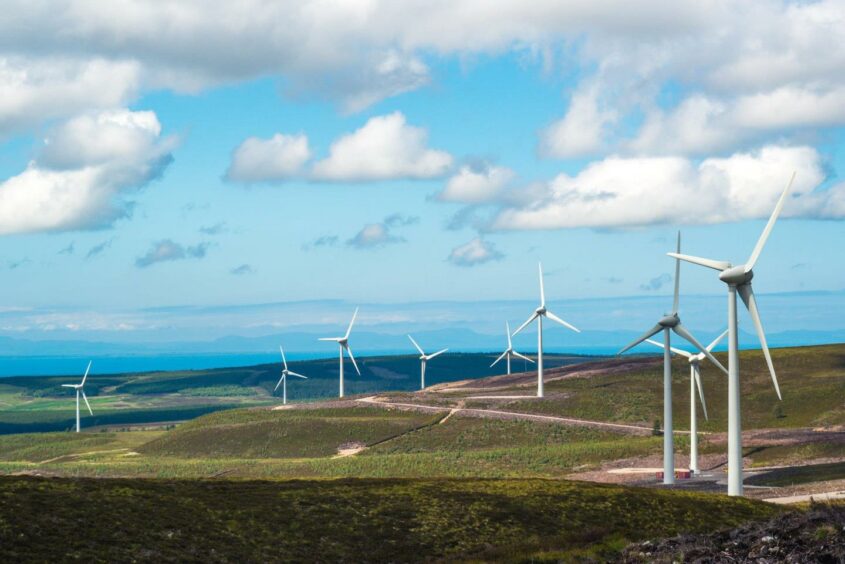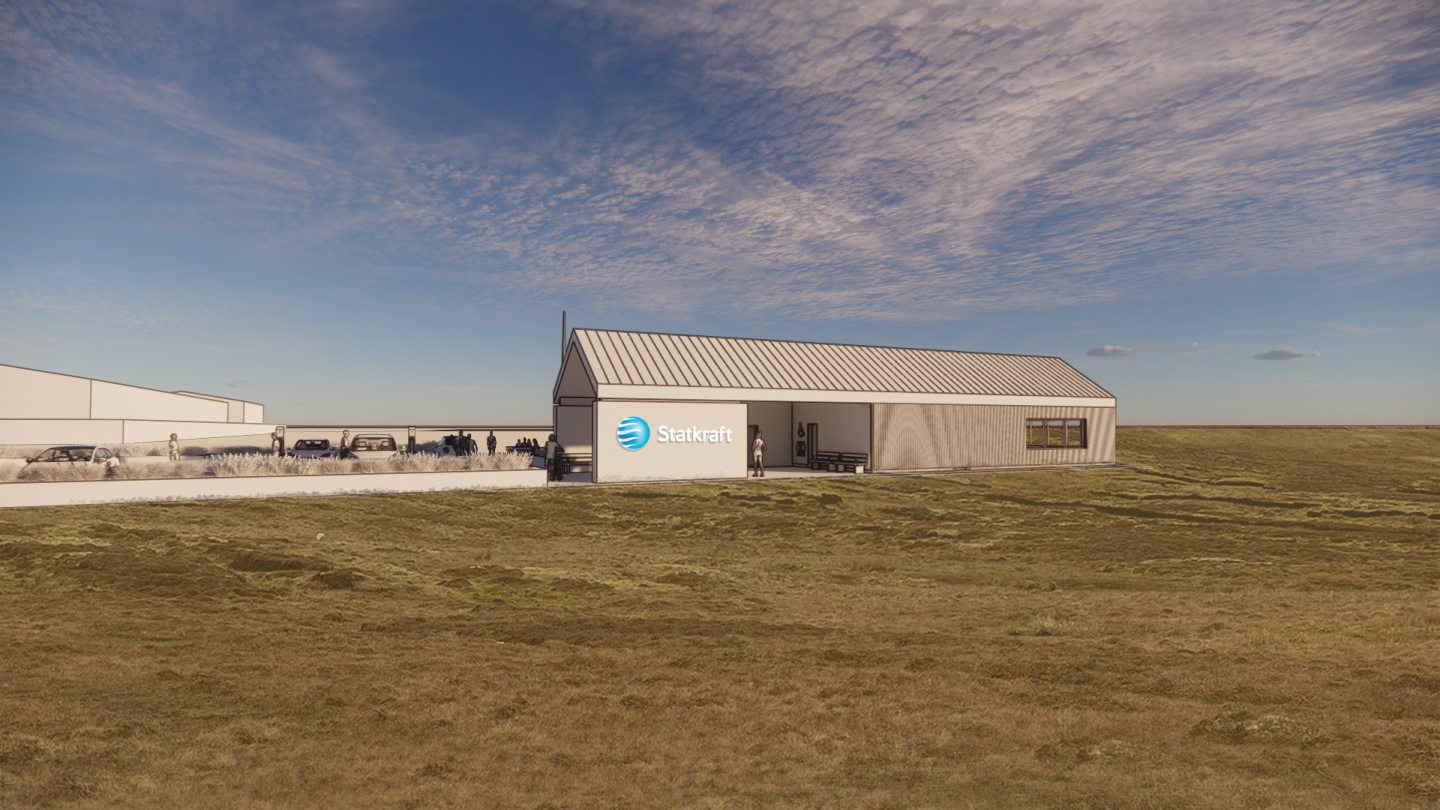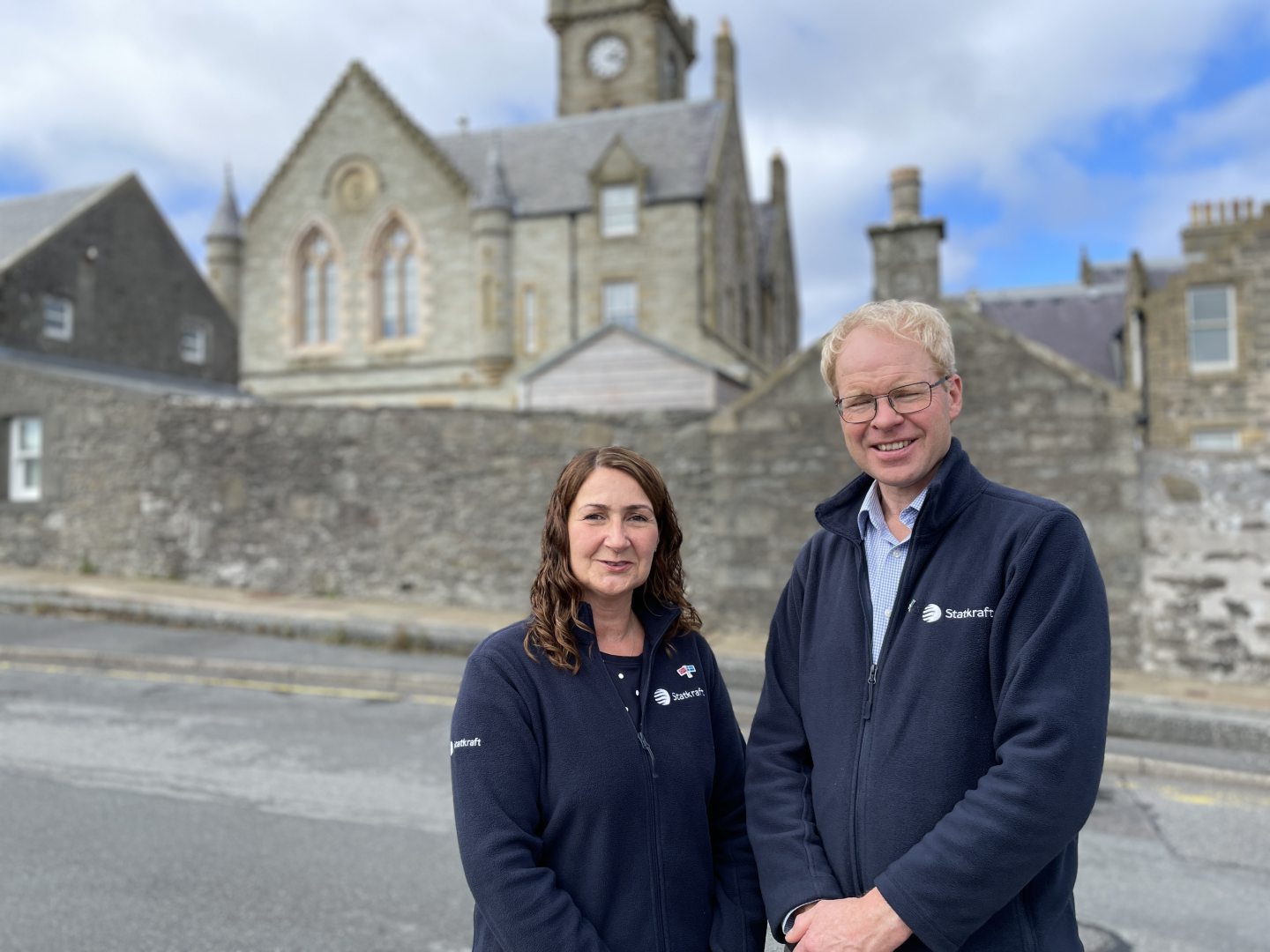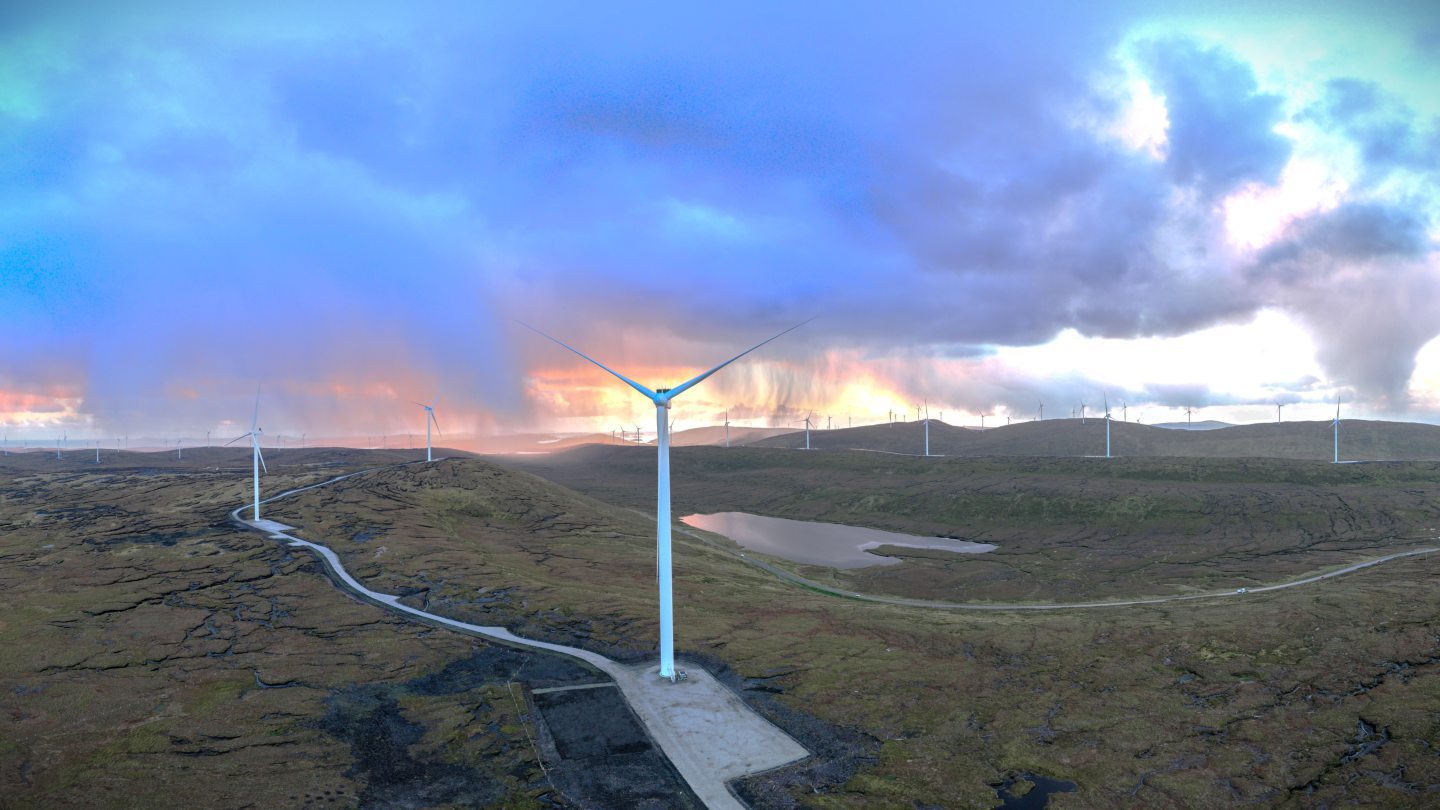
Renewable energy developer Statkraft is revising the design of its Mossy Hill Wind Farm on Shetland, submitting plans for fewer, taller turbines.
The Norwegian state-owned firm said the changes will see the number of turbines at the Mossy Hill site reduced from 12 to eight.
Under the plans, the height of the turbines would increase from 145 metres (475ft) to 155 metres (508ft).
Overall, Statkraft said the changes would reduce the capacity of Mossy Hill from 48 MW to around 36 MW.
Statkraft principal wind project manager John Thouless said the company will continue to consult with the local community on the wind farm plans.
“Mossy Hill Wind Farm was designed almost a decade ago, so it’s right to look again to see if what was consented is still the best way to build the project,” he said.
“We’ve decided to reconfigure the design, and are putting forward improved plans, meaning the visual impact of the wind farm is reduced.”
Mossy Hill Wind Farm plans
Statkraft is also proposing to build a single-story office building for its employees at the site near Lerwick, as well as facilities for visitors to the wind farm.
Statkraft assistant Shetland project manager Tracey Leslie said the changes have come from discussions with Shetlanders.
“The significant benefits we’re proposing have been driven by what Shetlanders like myself, value,” she said.
“This would see us enhancing access and cycling routes, particularly for people who use wheelchairs or have other mobility issues, allowing everyone to experience and enjoy a viewpoint of Shetland from the elevated position of our wind farm.”
Leslie said plans for the office building will deliver further benefits for visitors, including public toilets, a water refill station, parking and electric vehicle charging points.
Shetland Islands Council granted the original consent for the Mossy Hill project in 2019, before Statkraft purchased the site in 2023.
The deal with Peel Group also included the 72 MW Beaw Field wind farm on Yell.
Statkraft, Europe’s largest renewable energy developer, has invested in onshore wind projects in Scotland and Wales since opening a UK office in Glasgow in 2019.
Last month, Statkraft said it is also “exploring options” for onshore wind projects in England after the Labour government lifted a de facto ban shortly after taking office.
Shetland wind farms
Other wind projects on Shetland include the 443 MW SSE Renewables Viking Energy project, which will soon provide power to the UK mainland via a subsea cable.
Shetland Aerogenerators also operates two 3-4 MW wind farms, while the North Yell Development Council runs the community-owned 4.5 MW Garth Wind Farm.
Statkraft is also the development partner in the Energy Isles owned by a consortium of around fifty Shetland businesses.
Reliably windy conditions on Shetland could onshore wind projects generate an estimated 750 MW of power by 2026.
ScotWind developers Ocean Winds, Mainstream Renewable Power and ESB are also progressing the Arven and Stoura floating offshore wind projects east of Shetland.
With the islands also hosting significant energy infrastructure in the form of the Shetland Gas Plant and the Sullom Voe Terminal, the local council is aiming to foster a green hydrogen industry.
Statkraft itself is reportedly exploring options for a hydrogen production facility on Shetland.
Meanwhile, the University of Strathclyde and Aberdeen’s Net Zero Technology Centre are also studying potential hydrogen export options for Shetland.

 © Supplied by Statkraft
© Supplied by Statkraft © Supplied by Statkraft
© Supplied by Statkraft © Supplied by SSE
© Supplied by SSE